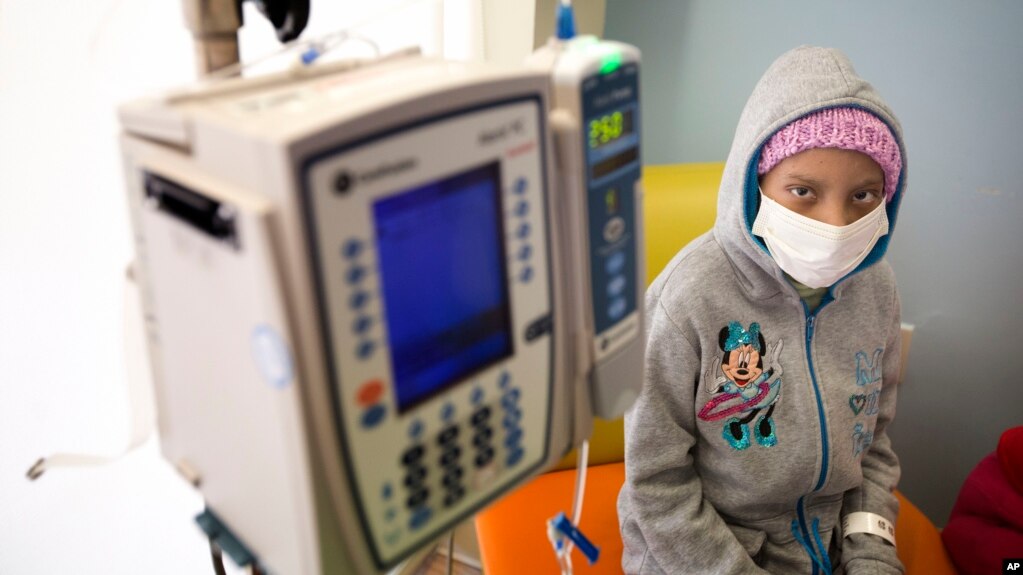By Alexandra Sifferlin @acsifferlin June 20, 2013
Read more: New Drug May Be Best Treatment for Leukemia Yet | TIME.com
This could be awesome news!
A new pill called Ibrutinib, has been created to treat Chronic Lymphocytic Leukemia
Ohio State University Comprehensive Cancer
The pill, developed by The Ohio State University Comprehensive Cancer Center James Cancer Hospital and Solove Research Institute, works by targeting a particular enzyme within the cancer cells that feeds their growth.
Read more: New Drug May Be Best Treatment for Leukemia Yet | TIME.com
This could be awesome news!






